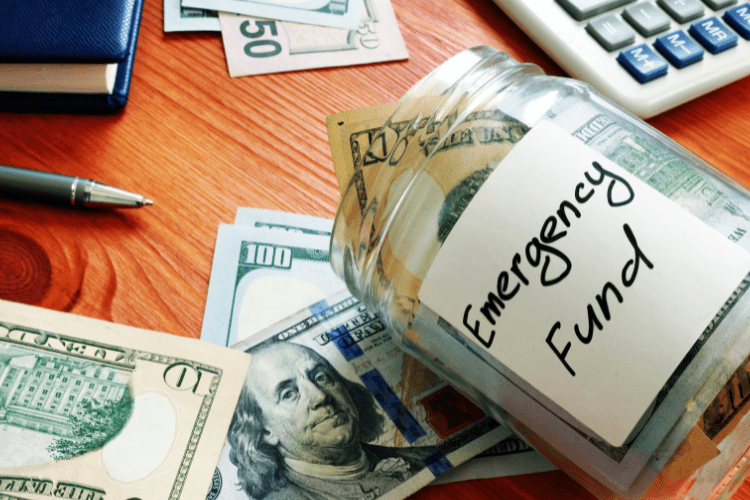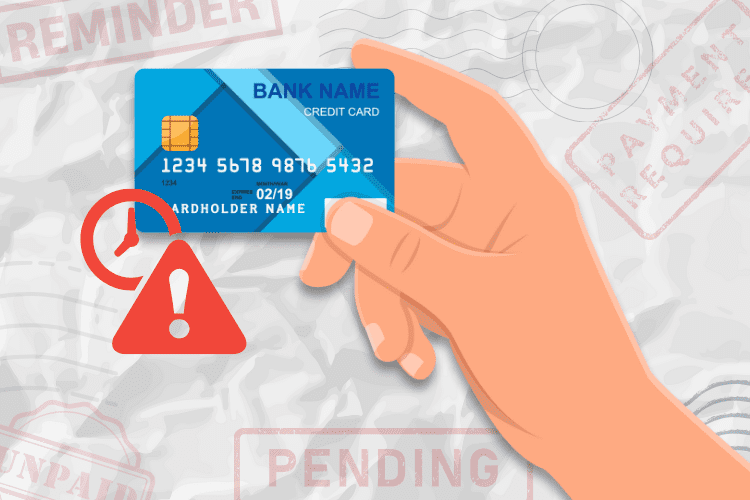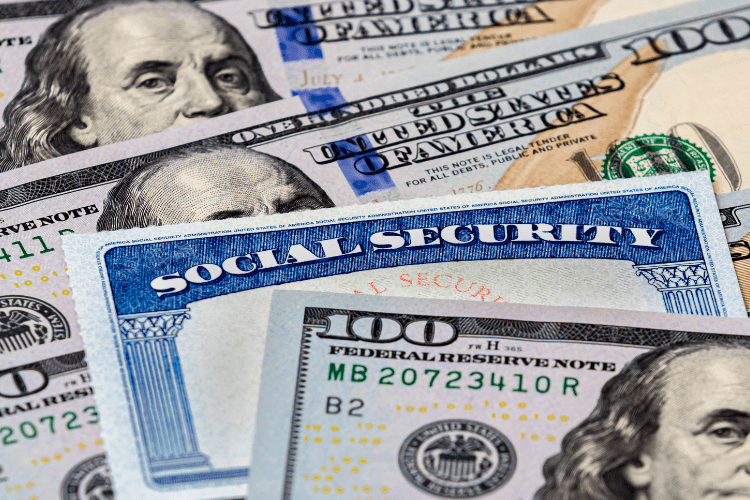How Big Should Your Emergency Fund Be?

You’ve probably heard multiple times that having an emergency fund is essential. Emergency funds can come in handy for many things in life and can be utilized in many ways. But if you’ve ever felt a little vague about emergency funds, I get it. Not everyone has the same hard and fast rules regarding this important topic, so you’ll likely hear different recommendations.
However, there are some general rules of thumb when it comes to applying an emergency fund to your life, so let’s review the basics.
Read more: Want A High-Yield Savings Account? Here’s How To Choose The Best One
What Is an Emergency Fund?
An emergency fund is money set aside for life’s most dire emergencies; some even call it a rainy-day fund. These are special or extreme circumstances that don’t happen every day and, as the name implies, are considered emergency situations, so they’re unexpected events. In fact, these are situations that most often happen when you least expect it, like the loss of a job, major home repairs or car repair, or an illness that requires severe medical treatment, to name a few.
What’s the Rule of Thumb for Emergency Funds?
Most financial experts will tell you that a true emergency fund will cover three to six months of your living expenses. That means that should you lose your job, your emergency fund should be a safety net for at least six months. That’s because finding another job may take up to six months.
What Emergency Funds Cover
Your emergency fund should cover basic needs and living expenses or unexpected expenses like:
- Rent
- Mortgage
- Food
- Health care
- Utilities
- Transportation
- Major home or car repairs
- Fixed expenses
Since fixed expenses are expenses that have to be paid whether you’re working or not, they will also need to be covered during your period of income loss.
What Emergency Funds Should Not Cover
Emergency funds should cover emergencies or basic living expenses, not things you desire. For instance, if you have a loss in income, the last thing you need to be concerned with is where to eat out, shop, or take leisurely trips. Those are not emergencies. An emergency fund should not cover the lifestyle you’re used to but what needs to be paid to keep a roof over your head and cover your fixed expenses. Having said that, an emergency fund should not cover the following:
- Entertainment expenses
- Eating out
- Shopping sprees
- Vacations
- Leisurely outings with friends
- Unnecessary big purchases
- Covering someone else’s expenses
Some things that pop up in your life from out of nowhere may feel like an emergency to you, but they are not. As a general rule, here are three good questions to ask yourself to help determine if a situation is an emergency:
- Is the situation or event unexpected?
- Is the situation or event necessary?
- Is the situation or event urgent?
If you answer yes more than no, you likely have an emergency. If not, figure out a plan B, but don’t tap into your rainy-day fund.
When Is the Rule of Thumb Not Enough?
While most financial experts would recommend three to six months of savings for your emergency fund, some would recommend beyond that — and save up to a year of expenses. These are situations where having a little more than the general recommendations would come in handy:
- If you’re a seasonal worker or employed in a field, that makes it hard to produce a steady income
- If your family has a history of chronic illnesses
- If your household has only one income earner
- If the country is in a recession
- If your income is solely based on commissions
- If you’re self-employed
- If you’re in a high-risk industry that’s always laying off workers
- If you’re retired
Financial experts know how difficult it is for the average person to save three to six months of expenses, especially when it’s a fact that most households aren’t even able to cover a $400 emergency expense. Some experts recommend focusing on saving at least $1,000 while understanding that’s a big achievement for many. This is considered a small emergency fund or a starter emergency fund. Having at least $1,000 in an emergency fund can help you concentrate on paying off your debt while at the same time having a little money set aside to offset some of the stress of paying above the minimum on credit card payments. Then, after your debt has subsided, lean fully into saving three to six months’ worth of expenses.
How To Build Your Emergency Fund
It can seem overwhelming if you’ve never started an emergency fund, especially considering how much you eventually need to get to. So, here’s some advice on how to work up to that three to six months of savings.
1. Do a budget. Start with doing a budget. Your budget comes in handy for a couple of reasons. First, it will help you to know how much your monthly expenses are. When you know how much you’re spending each month, you can quickly multiply that amount by 3 or 6 to understand how big your emergency fund needs to be.
Decide how much to save each month. Using your budget to track your expenses and see how much you have left at the end of the month will help in knowing how much money you have to set aside for saving. Decide on a monthly savings goal and stick to it.
2. Adjust as needed. Track your budget each month and make adjustments as needed. All adjustments should be made in your discretionary or variable expenses. You can control these expenses, like groceries, eating out, entertainment, shopping, etc. Adjust as needed to ensure you can pay your fixed expenses and meet your monthly savings goal.
The Bottom Line
Let’s face it — none of us know what life has in store for us around the corner. Anything could happen at any time, and when it does, you want to feel that you’re prepared. An emergency fund can help us feel that way. You can be the most broke person on the block, with no income, but as long as you have an emergency fund, you’ll be able to sleep at night and be at peace.
Read More:










